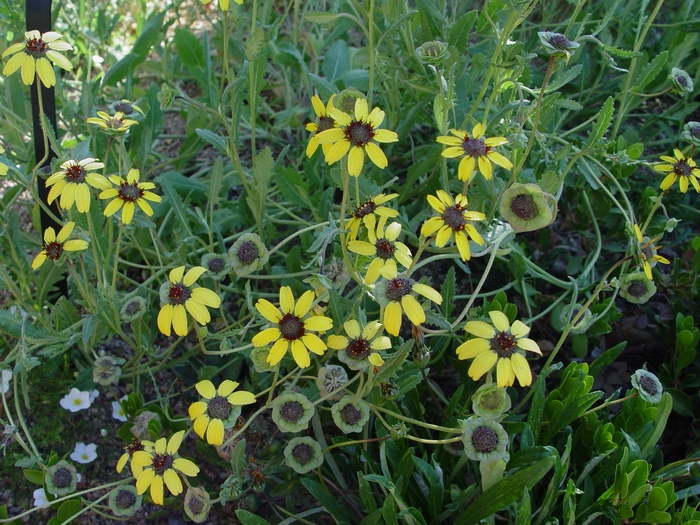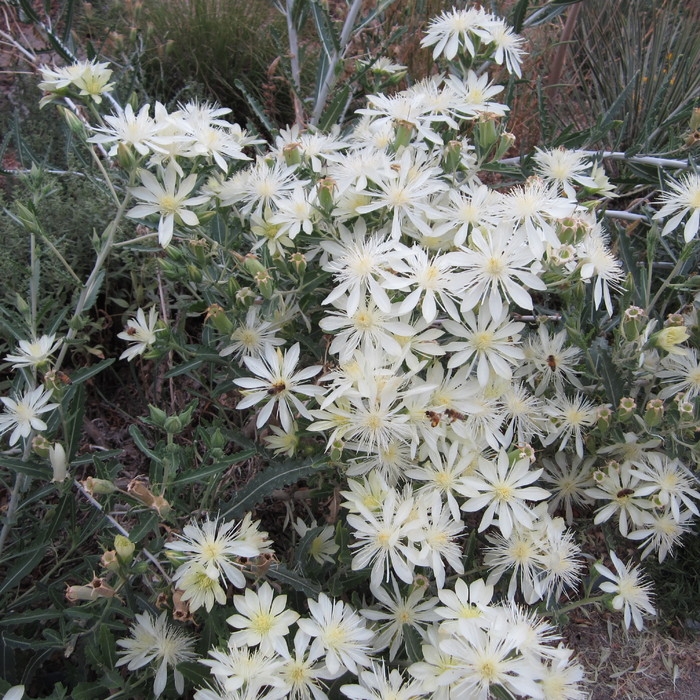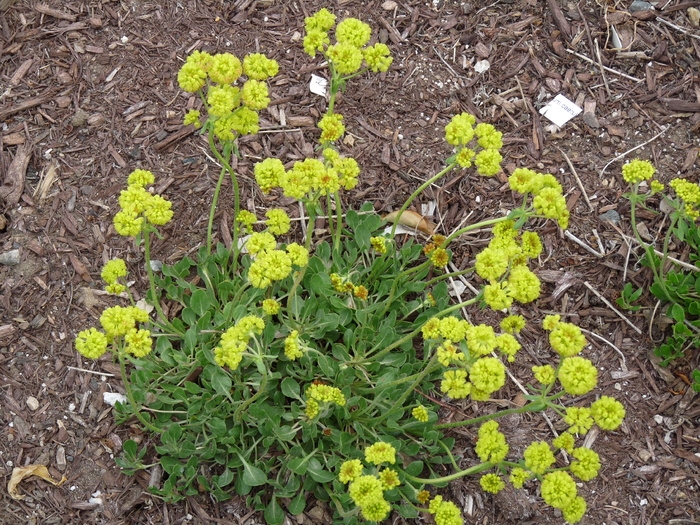Colorado Natives in the Home Landscape
As a gardener in the urban Front Range, each season brings new challenges, or the same challenges just in a different order. Rabbits, salt, cold and hot temperatures, drought, foot traffic – sometimes the list seems endless! However, an almost foolproof way to ensure the success in the home garden is to look to our native plants for inspiration.
I spoke with some of my colleagues here at the Gardens and we came up with three of our favorites to tackle tough conditions while delivering on flower power. These plants are all native to Colorado and provide significant ecological benefits to our pollinators. They are all adaptable to our urban soils and should only require supplemental water during the first year of establishment.
- Chocolate Flower (Berlandiera lyrata). This extra cold-hardy member of the daisy family is a garden powerhouse. The bright yellow flowers float atop gray-green mounding foliage and last from early spring to frost. The golden pinwheels surround dark red centers that are full of nectar – attracting both butterflies and occasional hummingbirds. As a bonus, the foliage is said to have the aroma of chocolate! When things wind down in the fall, leave the last crop of flower stalks to enjoy the intricate cup-shaped seed heads, which are both beautiful and a functional food source for birds.
- Ten-petal blazingstar (Mentzelia decapetala). A native, night-blooming, fragrant, drought-tolerant, pollinator magnet? Say no more! Ten-petal blazingstar is a staff favorite around here – and for good reason. Although it is a biennial or short-lived perennial, once this plant is established in the garden it will persist from seed for years to come. Sow seed directly into the garden and keep moist. It also germinates readily in pots – but transplant it into the garden early as it does develop a taproot. Mentzelia will quickly become a favorite as the striking white flowers open each night, smelling sweetly of honey, only to close again before morning.
- KANNAH CREEK® Buckwheat (Eriogonum umbellatum var. aureum). We love this little groundcover. Best suited for well-drained sites with little to no irrigation, sulphur flower buckwheat is incredibly durable, long-lived and great for weed suppression. In early spring, the lush mat of green foliage is topped with chartreuse pom poms that mature to deep orange. Flower stalks can be sheared after flower for a tidier appearance or left through winter and sheared in March. In fall, the foliage ages to a deep burgundy and persists through the winter season.
Not sure how to add these to the landscape? Try pairing them with some of our native grasses like blue grama (Bouteloua gracilis) and little bluestem (Schizachryum scoparium). Using groundcovers and grasses reduces the need for maintenance like weeding and mulching each season.
This article was contributed by Horticulturist Laura Swain and first appeared in the June issue of Life on Capitol Hill.
Gallery



Add new comment